A Visit to Lamb House in Rye – former home of Henry James
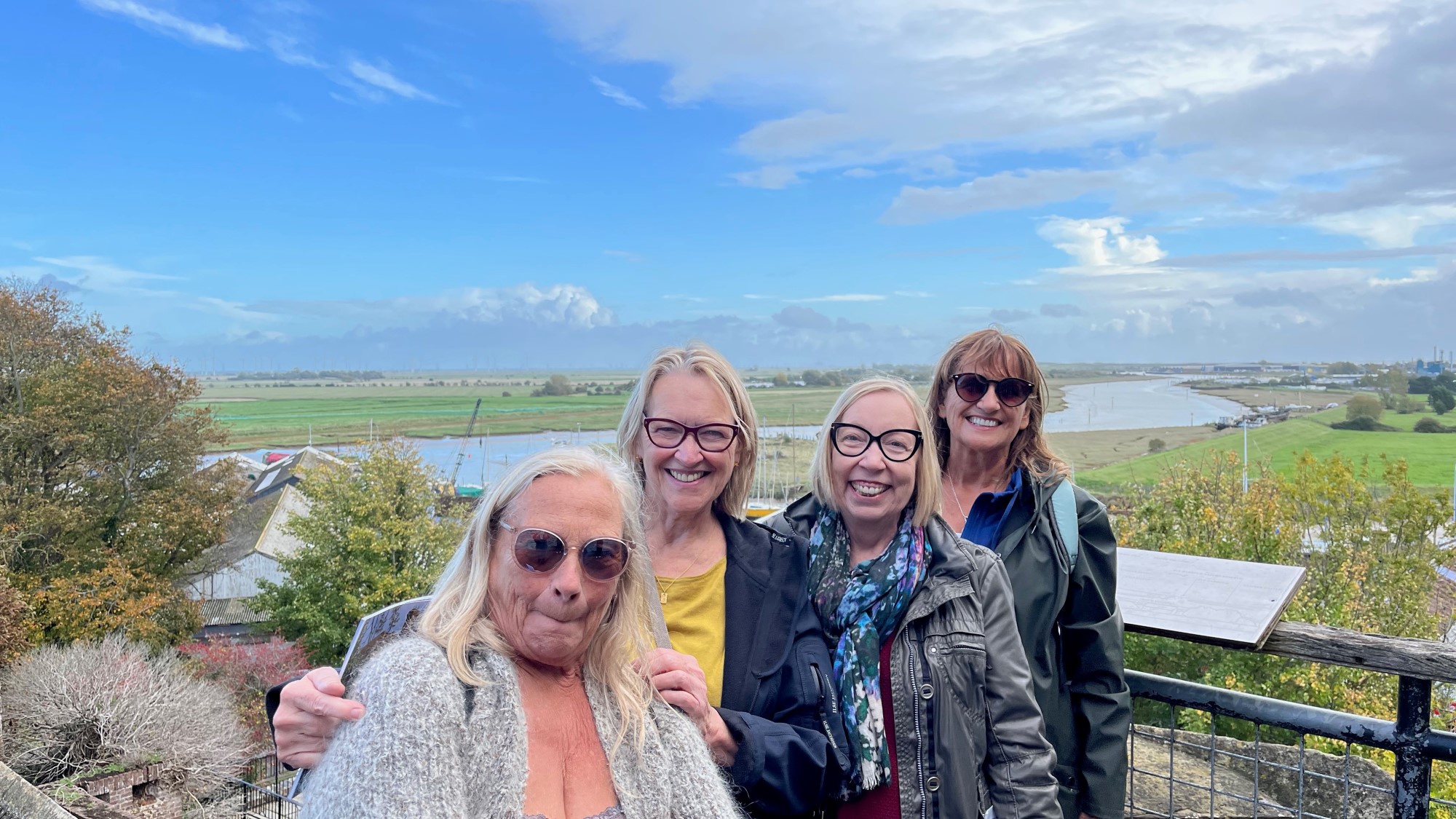


The house gets its name from its first owner, James Lamb, the mayor of Rye, who built it in 1723. Lamb was a wine merchant who held the mayorship thirteen times and was a man of power and influence. Twenty years later he extended the house with an octagonal garden room as a room for banquets – sadly it was destroyed by a bomb in a WW2 air raid.
Lamb had a close escape from a bloody end when he lent his red mayoral coat to his brother-in-law who next morning was found dead by Lamb – having been stabbed in the back with a butcher’s knife by one John Breads, who believed he was killing Lamb. An unremorseful Breads was hanged for his crime and his body displayed for fifty years on the nearby marsh in an iron gibbet. You can see a similar gibbet and skeleton in the Ypres Tower just beyond the parish church.
The Lambs had an unexpected royal visitor in George I who was driven ashore at Camber Sands during a storm. A heavily pregnant Mrs Lamb had to give up the marital bed to accommodate the king. Her baby was born that night and was christened George in the king’s honour. The King agreed to become the boy’s godfather and gifted him 100 guineas and a gilt bowl – in 1902 Henry James was shown the bowl in a bank vault in Rye and it’s rumoured it became the inspiration for The Golden Bowl.

Bread’s gibbet
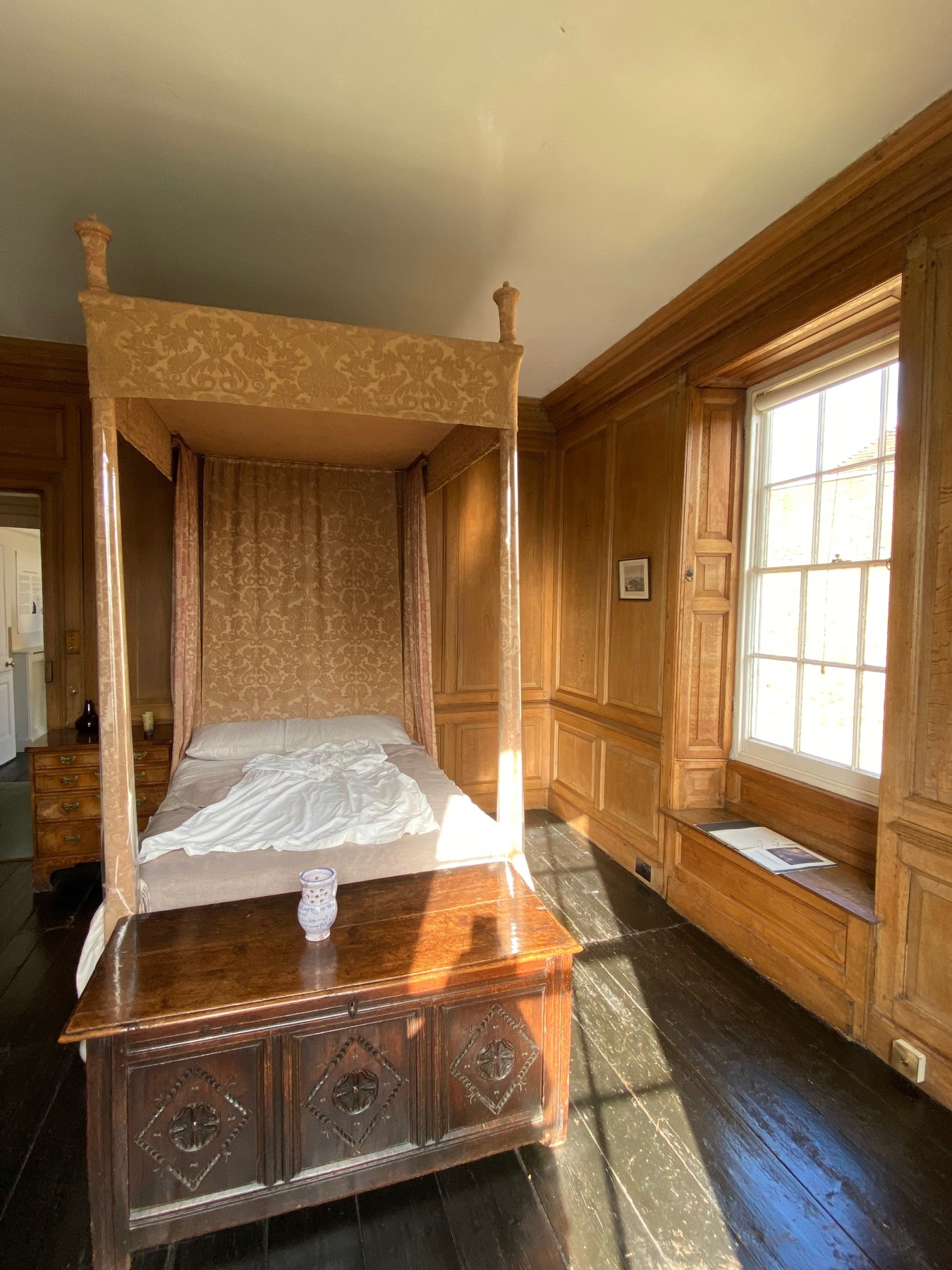
The King’s bedroom
The house was eventually sold by the last of the Lambs in 1864 to a local banker, Thomas Bellingham. Henry James first visited Lamb House in 1896 – having been moved by a watercolour drawing of the Garden Room. James never expected to live in the house – but on the death of Bellingham the following year, it was put up for rent and James rushed down to Rye and snapped it up at £70 a year on a 21-year lease. He eventually moved in – after renovations – in 1898. The house was full of books – and James installed Rye’s first ever telephone. Mornings were spent writing, leaving the afternoons free for walks with his dog and chats with his neighbours.
The red brick house isn’t that big – no grand country estate like Kipling’s – but an attractive and comfortable town house. Here’s how Henry James described it in 1897:
“…the very calmest and yet cheerfullest that I could have dreamed – in the little old cobble-stoned, grass-grown, red-roofed town, on the summit of its mildly pyramidal hill and close to its noble old church – the chimes of which will sound sweet in my goodly old red-walled garden…the house itself, though modest and unelaborate, full of a charming stamp and dignity of its period.”
I love visiting the homes of writers and picturing them at work. There’s not a lot of remaining evidence of writing in Lamb House though.
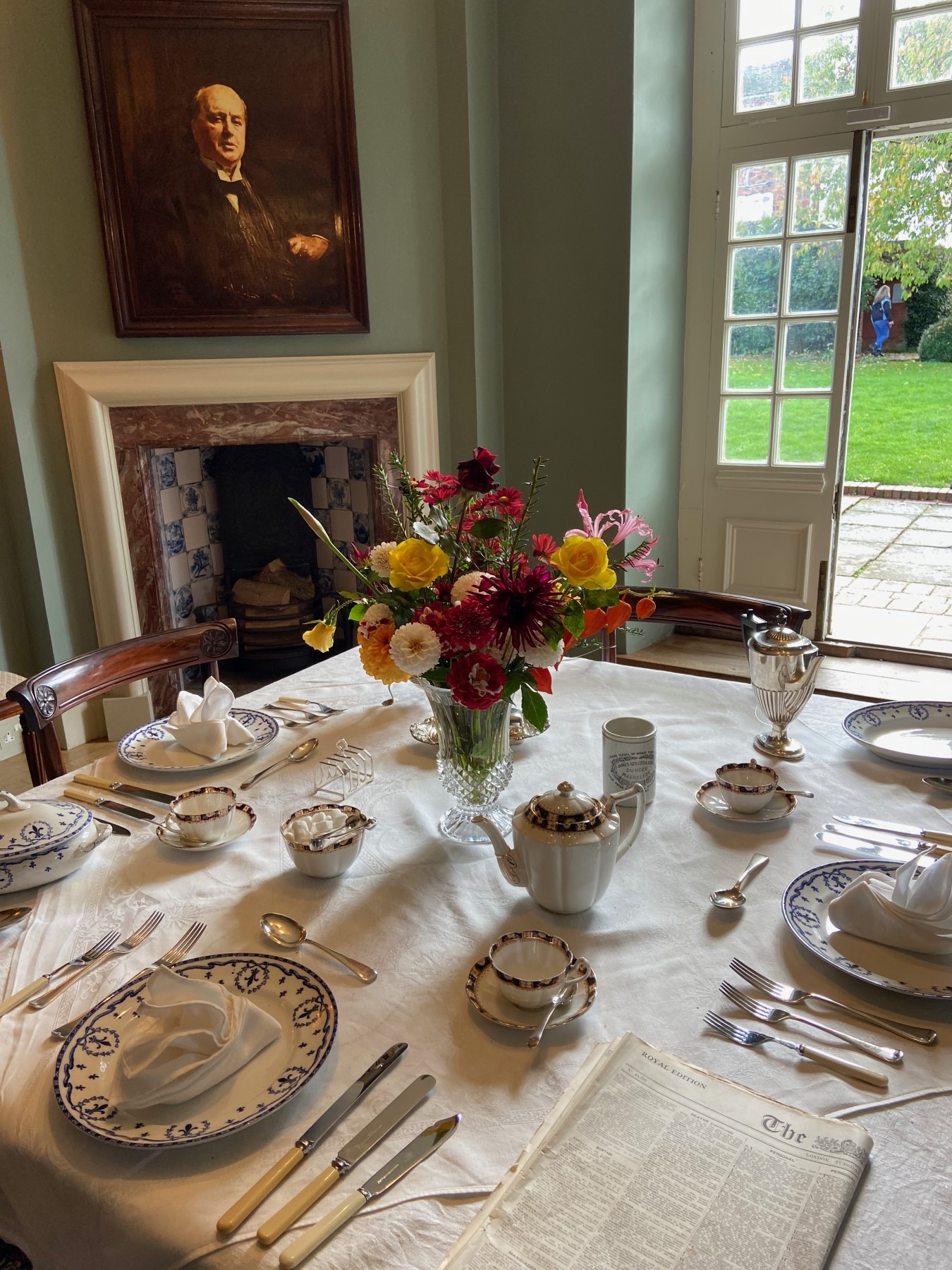
Unlike Bateman’s, where Rudyard Kipling’s office and large desk are at the heart of the house, one could be forgiven for not knowing it was the home of a writer (indeed three – more on that later). Because of his rheumatism, Henry James dictated his novels to secretaries and worked in the no longer surviving Garden Room. He had two desks there – one for himself and the other with a Remington typewriter for his secretary – so comparable to Kipling’s study. There is also a secretaire in the Green Room – but this was used by the author for letter-writing not for his novels.
James loved entertaining and Lamb House was always full of guests. Virginia Woolf once compared it to “a small, crammed and wholly unlucrative hotel”. Other guests included Joseph Conrad, Rudyard Kipling, Edmund Gosse, Edith Wharton and Ford Madox Ford.
Sadly, in late 1915, James had two small strokes. He already suffered from heart problems and long bouts of depression. In February 1916 he died, leaving the house to his nephew. Four of his novels were written in Lamb House – The Awkward Age, The Wings of the Dove, The Ambassadors and The Golden Bowl.
But Henry James’s death did not mark the end of literary residents of Lamb House – E.F. Benson (Fred) fell for the charms of Rye while visiting James in 1900. In 1917 he took on a lease for the house apart from the summer months – then in 1919 he and his brother, the writer and academic, Arthur, took over the lease permanently. Arthur is known for composing the lyrics to ‘Land of Hope and Glory’ and was Master of Magdalene College Cambridge. After Arthur’s death in 1925, Fred lived full-time at the house where he not only wrote the Mapp & Lucia books but set them in Mallard House, modelled on Lamb House in the fictional town of Tilling, unmistakeably based on Rye. The BBC adaptation of the books was filmed at Lamb House and around Rye. Like the house’s first owner, Benson became mayor of Rye. So attached to Rye was he that he donated two stained glass windows to the church.
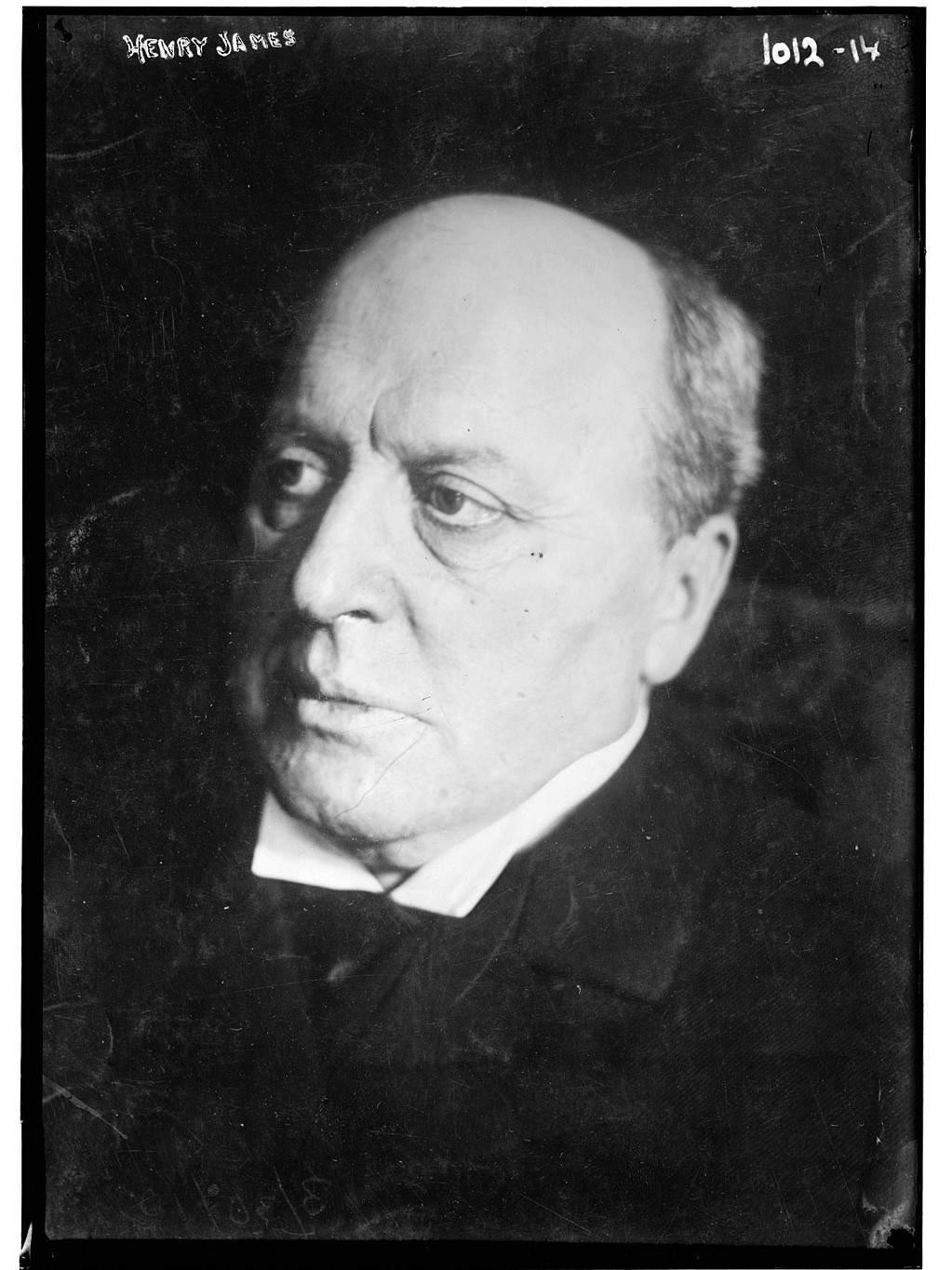
Henry James
Credit: James Bain News Service, Public domain, via Wikimedia Commons
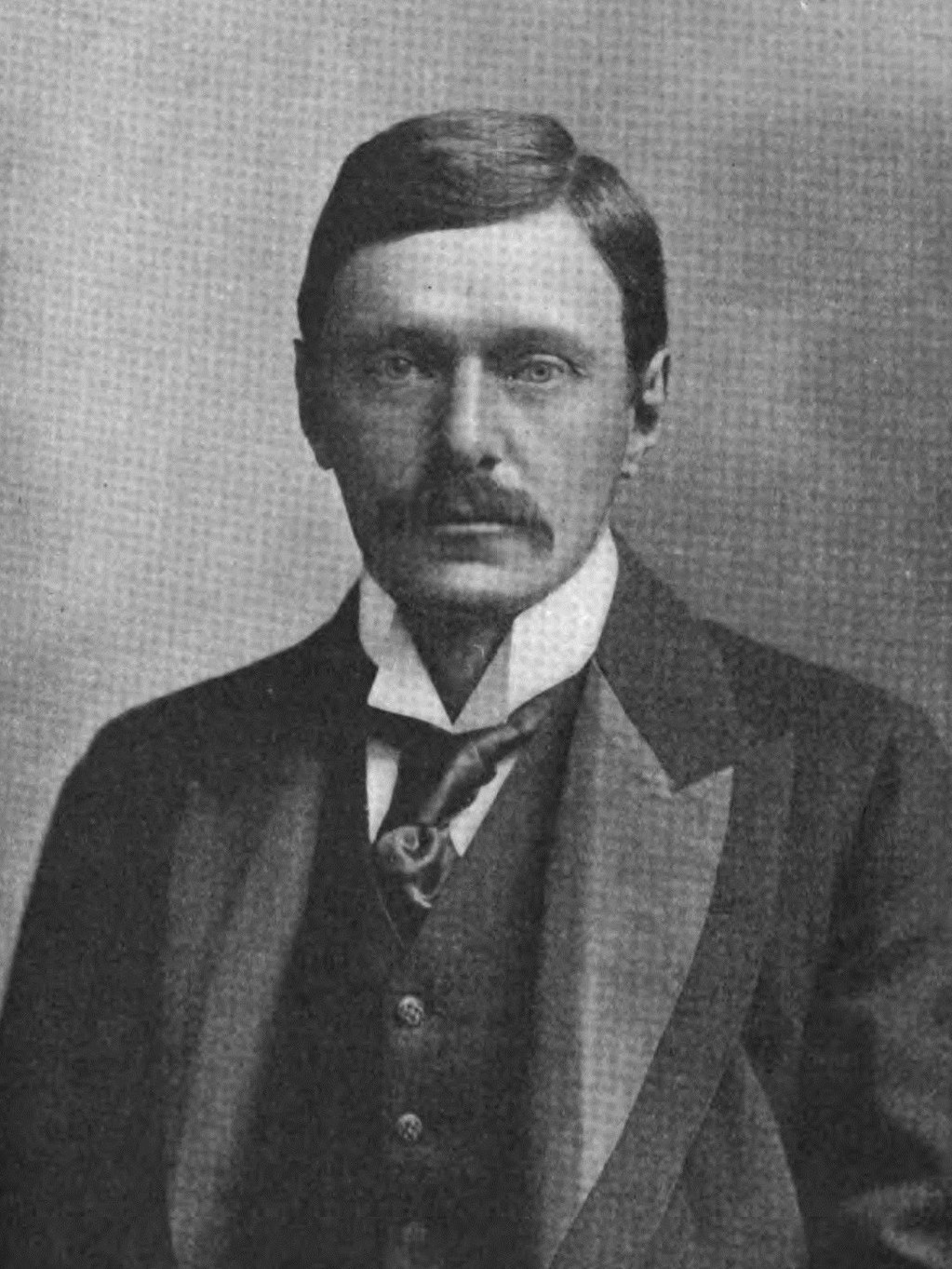
Edward Frederic Benson
Credit: Russell, Public domain, via Wikimedia Common
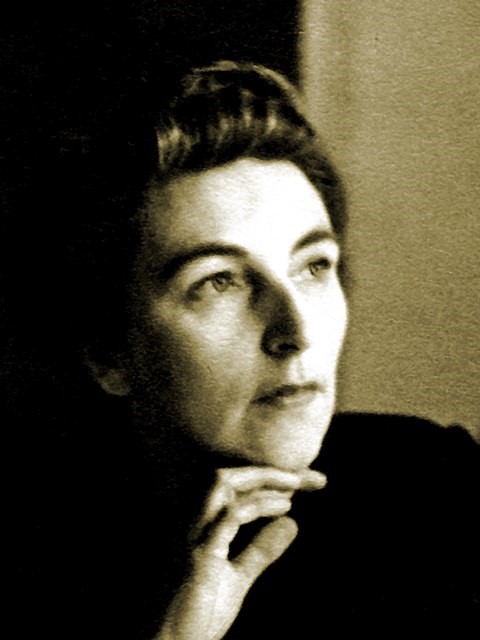
Rumer Godden
Credit: Unknown, Public domain, via Wikimedia Commons
In 1967 the novelist Rumer Godden moved into Lamb House. The author of Black Narcissus lived and wrote there until the death of her husband in 1973. Her children’s book, A Kindle of Kittens (1978) is set in Rye.
One of the delights of a visit to Lamb House is the walled garden. This is lovingly tended by volunteers and has a charming and flourishing vegetable garden. There’s also a pet cemetery. Graves include that of Henry James’s dog, Tosca.
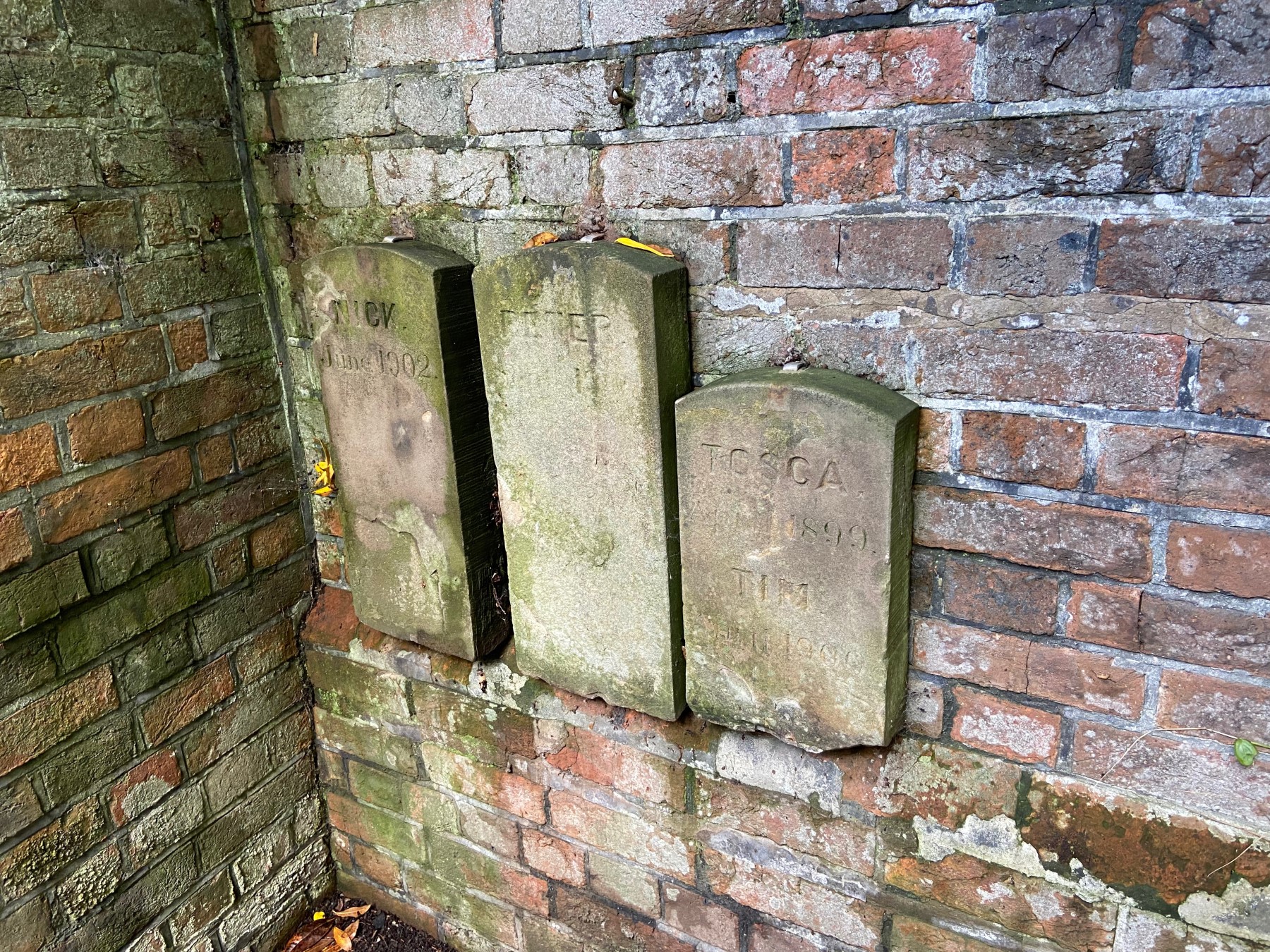
The pets’ graves
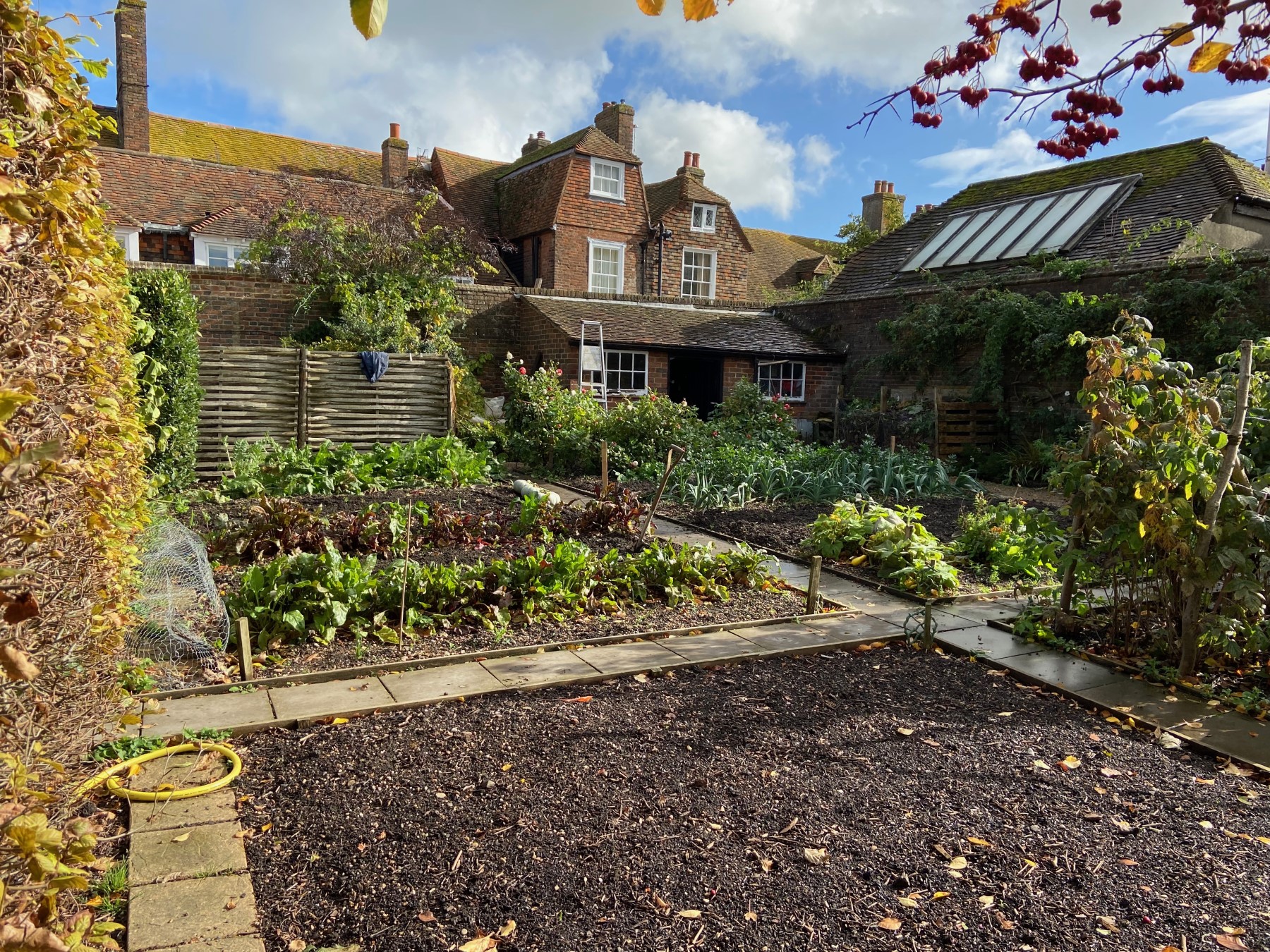
The vegetable garden
Rye is a joy to visit – as well as Lamb House there’s the most haunted inn in the country, the favoured venue for smugglers, The Mermaid Inn; the wonderful church of St Mary, with its stained glass windows – as well as Benson’s two there’s a gorgeous Burne-Jones; and the Ypres Tower – the former local prison is also fascinating.
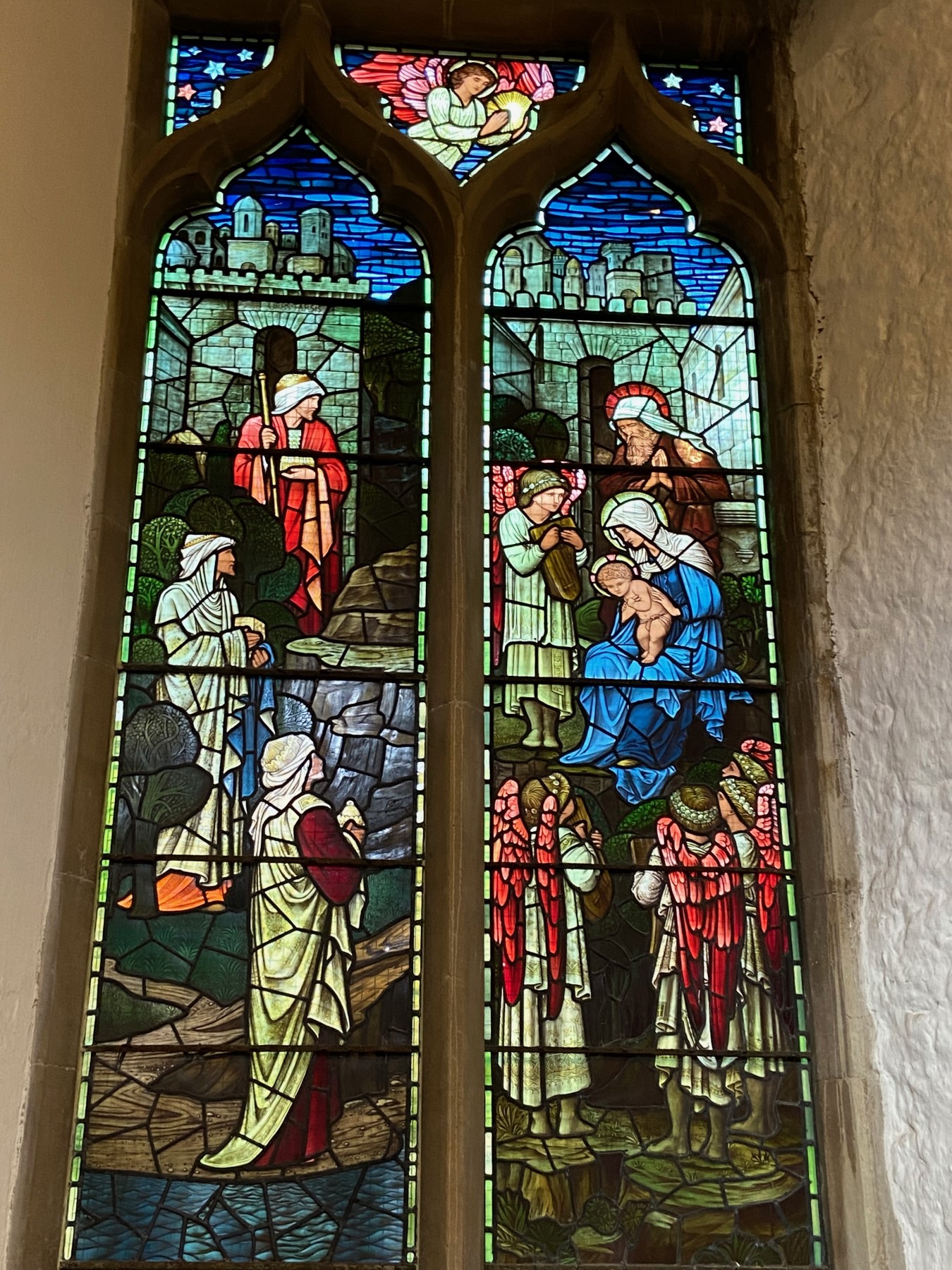
Burne-Jones window

On top of Ypres Tower

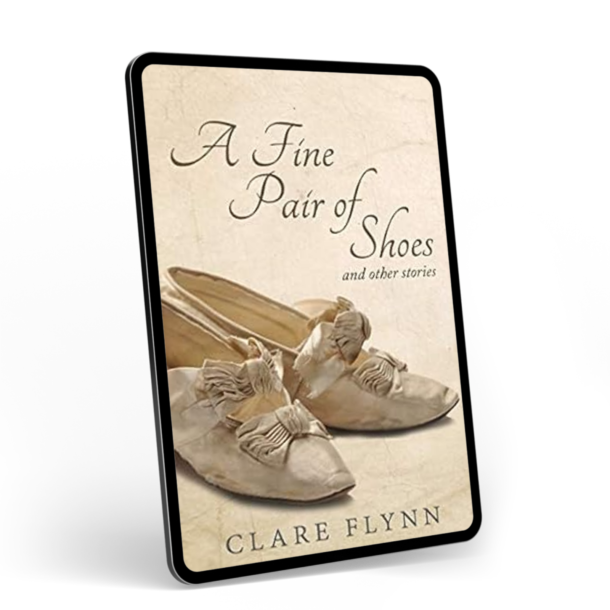
0 Comments